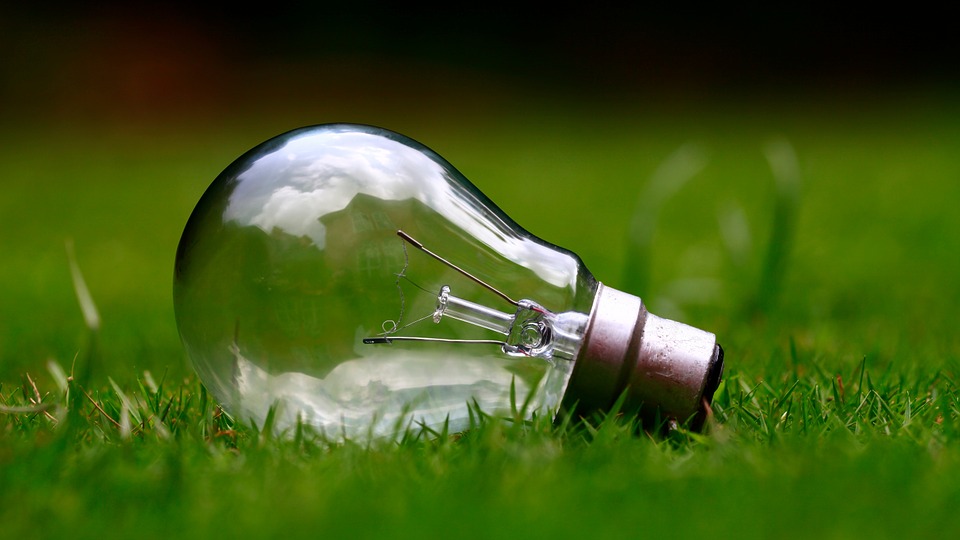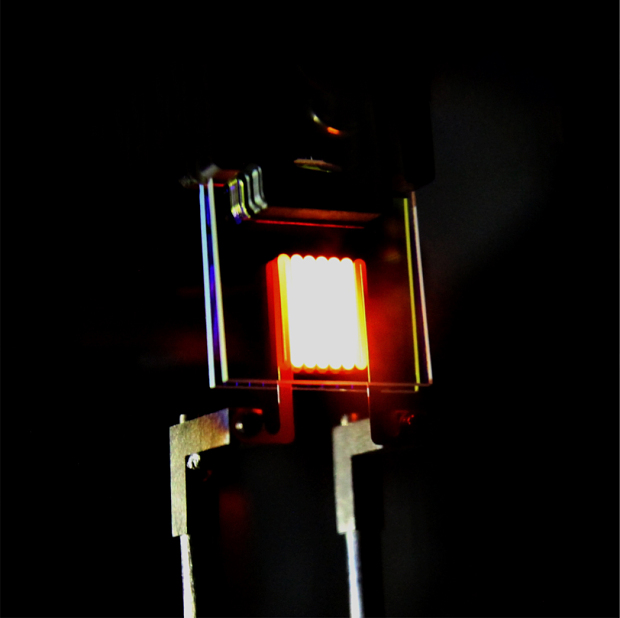 Brandon Turbeville
Brandon Turbeville
January 18, 2016
It has often been said that you don’t know what you have until it’s gone – or until the government legislates it out of existence. Such was the case with the incandescent light bulb which has been a staple of civilized cultures for more than 130 years. Always ready to sacrifice civilization and scientific progress on the alter of “sustainability” and the idea that carbon dioxide is melting the world, governments in the European Union and North America, launched a frontal attack on the incandescent bulb on the grounds that much of its energy was wasted in heat.
In place of the incandescent bulb, “scientists, social engineers and bureaucrats demanded that the people of the west accept the LED and CFL bulbs that virtually none of them wanted.” The bureaucrats, however, managed to rally against public opinion and the will of the people they allegedly serve and forcibly phase out the incandescent bulb. Never mind that CFL bulbs were shown to “fry skin” with UVA radiation, emit toxic and carcinogenic chemicals and release levels of mercury or even that they were damaging to the eyes. These side effects were not important – what was important was that the plebs learned to accept whatever tripe was dished out to them in terms of eco fascism, but also begin the long descent into energy austerity.
Still, scientific development, human progress and the incandescent bulb could not be kept down. Rising from the ashes of its predecessor, American scientists believe that they have now developed a new type of incandescent bulb that has all of the benefits of the original and virtually none of the negative. Likewise, the new bulb outshines its LED and CFL competitors.
As Sarah Knapton of The Daily Telegraph writes,
As the Telegraph reports:
It has often been said that you don’t know what you have until it’s gone – or until the government legislates it out of existence. Such was the case with the incandescent light bulb which has been a staple of civilized cultures for more than 130 years. Always ready to sacrifice civilization and scientific progress on the alter of “sustainability” and the idea that carbon dioxide is melting the world, governments in the European Union and North America, launched a frontal attack on the incandescent bulb on the grounds that much of its energy was wasted in heat.
In place of the incandescent bulb, “scientists, social engineers and bureaucrats demanded that the people of the west accept the LED and CFL bulbs that virtually none of them wanted.” The bureaucrats, however, managed to rally against public opinion and the will of the people they allegedly serve and forcibly phase out the incandescent bulb. Never mind that CFL bulbs were shown to “fry skin” with UVA radiation, emit toxic and carcinogenic chemicals and release levels of mercury or even that they were damaging to the eyes. These side effects were not important – what was important was that the plebs learned to accept whatever tripe was dished out to them in terms of eco fascism, but also begin the long descent into energy austerity.
Still, scientific development, human progress and the incandescent bulb could not be kept down. Rising from the ashes of its predecessor, American scientists believe that they have now developed a new type of incandescent bulb that has all of the benefits of the original and virtually none of the negative. Likewise, the new bulb outshines its LED and CFL competitors.
As Sarah Knapton of The Daily Telegraph writes,
Researchers at MIT have shown that by surrounding the filament with a special crystal structure in the glass they can bounce back the energy which is usually lost in heat, while still allowing the light through.
They refer to the technique as ‘recycling light’ because the energy which would usually escape into the air is redirected back to the filament where it can create new light.
“It recycles the energy that would otherwise be wasted,” said Professor Marin Soljacic.
Original incandescent light bulbs were only about 5 percent energy efficient, 95 percent of its energy being wasted in the atmosphere. LED and fluorescent bulbs were better, at least in this sense. They managed around 14 percent efficiency. Scientists are reporting that the new incandescent bulb however has an energy efficiency level that could reach up to 40 percent. In addition, the new bulb will show colors in a much more natural fashion than any other modern bulb. Original incandescent bulbs have a “color rendering index” rating of 100 because these bulbs “match the hue of objects seen in natural day light. This is one of the aspects that the new bulbs will keep by contrast, even the best LED or fluorescent bulbs only have a CRI of 80. Most of course, are much less.
 |
| The first prototype Credit: MIT |
“This experimental device is a proof-of-concept, at the low end of performance that could be ultimately achieved by this approach,” said principal research scientist Ivan Celanovic.
“An important feature is that our demonstrated device achieves near-ideal rendering of colours.
“That is precisely the reason why incandescent lights remained dominant for so long: their warm light has remained preferable to drab fluorescent lighting for decades.”
[…]
The Energy Saving Trust calculates that typical living room usage of a 60-watt incandescent lightbulb over a year would cost £7.64. Using an equivalent energy efficient fluorescent or ‘CFL’ lightbulb would cost £1.53 per year, while an LED would cost just £1.27.
But if the new bulbs live up to expectations they would cost under 50p a year to run and even improve health.
While the science behind the new incandescent bulbs is impressive in and of itself, the practical application of this new development, i.e., the ability to light one’s home and read a book without headaches, mercury toxicity and cancer will be a much welcomed rollout.
There is no doubt that for the overwhelming majority of people living in Europe and North America, these new bulbs can’t come fast enough.
This article (Incandescent Light Bulb Returns – Are Mercury Bulbs and LED on Their Way Out? ) can be republished under this share-alike Creative Commons license with attribution to Brandon Turbeville, the article link and Natural Blaze.com.
Brandon Turbeville – article archive here – is an author out of Florence, South Carolina. He is the author of six books, Codex Alimentarius — The End of Health Freedom, 7 Real Conspiracies, Five Sense Solutions and Dispatches From a Dissident, volume 1and volume 2, The Road to Damascus: The Anglo-American Assault on Syria, and The Difference it Makes: 36 Reasons Why Hillary Clinton Should Never Be President. Turbeville has published over 600 articles dealing on a wide variety of subjects including health, economics, government corruption, and civil liberties. Brandon Turbeville’s podcast Truth on The Tracks can be found every Monday night 9 pm EST at UCYTV. He is available for radio and TV interviews. Please contact activistpost (at) gmail.com.
There is no doubt that for the overwhelming majority of people living in Europe and North America, these new bulbs can’t come fast enough.
This article (Incandescent Light Bulb Returns – Are Mercury Bulbs and LED on Their Way Out? ) can be republished under this share-alike Creative Commons license with attribution to Brandon Turbeville, the article link and Natural Blaze.com.
Brandon Turbeville – article archive here – is an author out of Florence, South Carolina. He is the author of six books, Codex Alimentarius — The End of Health Freedom, 7 Real Conspiracies, Five Sense Solutions and Dispatches From a Dissident, volume 1and volume 2, The Road to Damascus: The Anglo-American Assault on Syria, and The Difference it Makes: 36 Reasons Why Hillary Clinton Should Never Be President. Turbeville has published over 600 articles dealing on a wide variety of subjects including health, economics, government corruption, and civil liberties. Brandon Turbeville’s podcast Truth on The Tracks can be found every Monday night 9 pm EST at UCYTV. He is available for radio and TV interviews. Please contact activistpost (at) gmail.com.
No comments:
Post a Comment
Note: Only a member of this blog may post a comment.